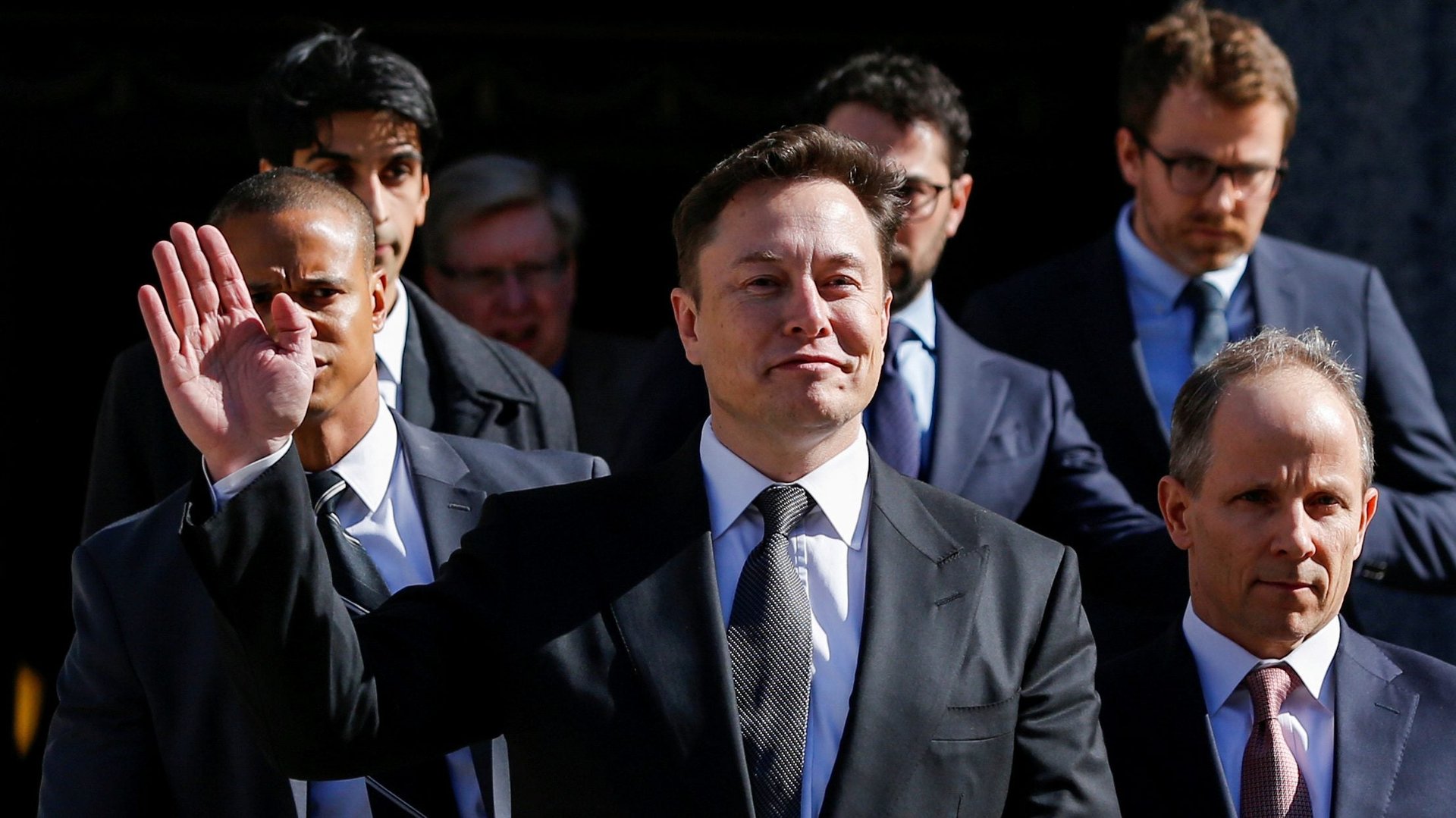Tesla says it won’t be profitable until Q3, and it only has itself to blame
Things were looking up for Tesla a few months ago. It delivered two consecutive profitable quarters. The Model 3 become one of America’s most popular sedans. It was cruising toward long-term profitability.


Things were looking up for Tesla a few months ago. It delivered two consecutive profitable quarters. The Model 3 become one of America’s most popular sedans. It was cruising toward long-term profitability.
But there’s always an asterisk with Tesla. Yesterday’s (April 24) quarterly earnings (pdf) were grim. Losses hit $702 million in the first quarter. Vehicle sales fell 41% to $3.72 billion compared to last quarter (although they were up compared to the same period last year). Sales of the Model S and Model X both took big hits. Tesla blamed logistics bottlenecks delivering overseas for the shortfall, and the loss of federal tax subsidies for hurting demand in the US.
Most disappointing was the news that Tesla would not post a profit this quarter. Or the next. “We expect to return to profitability in Q3,” Tesla said in its investor update (pdf). That’s quite a change from the Feb. 28 investor call when CEO Elon Musk forecast profitability in the second quarter and announced the $35,000 Model 3. Now both predictions of profit and the original version of the Model 3 are gone (you can buy a software-limited version for $35,000 by phone or at a Tesla store). That’s an even more striking change from January when Musk was “optimistic about being profitable in Q1, and for all quarters going forward.”
Tesla’s operations now seem to be stuck in Ludicrous Mode. For years, Musk has set nearly impossible deadlines expecting his employees to work inhuman hours to achieve them. That’s worked, sort of. The company cuts corners or burned exorbitant amounts of cash to meet them. In the rush to build the Model 3, for example, Tesla came “single-digit weeks away” from bankruptcy. It airlifted a new assembly line at eye-watering expense from Germany after Musk’s obsession with factory automation failed to materialize. When the cars finally did roll off the assembly line, many came with ill-fitting body panels and quality problems. That prompted magazine Consumer Reports to yank its recommendation for the car.
It didn’t have to be that way. Musk’s artificial constraints for its most important project—building a $35,000 Model 3 for the masses by 2018—has put the company under enormous financial strain at a time when it must fight for survival. Musk’s original plan was to build 500,000 cars per year by 2020. After launching the Model 3 in 2016 to unexpected demand, Musk bumped up (paywall) the date to 2018, throwing the company into a multi-year frenzy to ramp up Model 3 production when it had never produced more than a few thousand luxury cars per quarter before. Now, it’s also launching a pickup truck, a crossover, a Semi truck, solar roofs, mobile service stations, and energy storage products. This week, Musk (re)added fully autonomous self-driving and robot-taxies to the mix.
Tesla’s fanatical customers, enamored with a product still years ahead of anything else on the market, have kept it afloat so far. And yesterday’s earnings report wasn’t all bad news. Tesla reaffirmed it would deliver between 360,000 to 400,000 vehicles in 2019, as much as 65% more than 2018. It still has $2.2 billion in cash on hand (not a lot, but not yet critical). It also expects manufacturing costs at its new Shanghai Gigafactory and Model Y production line to halve as it pursues its global ambitions.
At any other company, this might be cause for cheer. Tesla has achieved what few thought possible. Having survived the missteps of the past, it could have a path toward profitability. But this isn’t any other company.